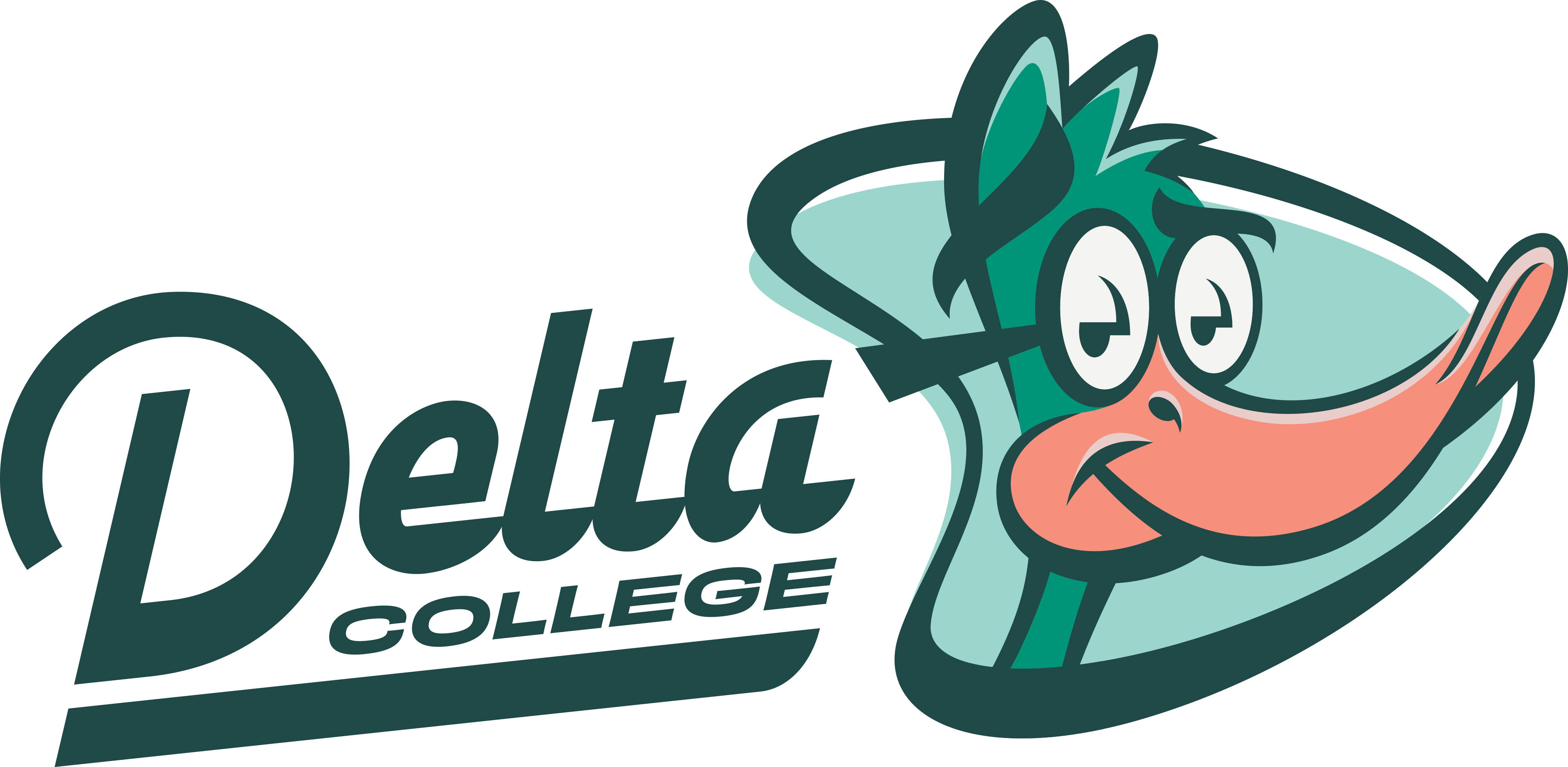
By Bill Badour
UNIVERSITY CENTER – Delta College recently saw the American Sign Language (ASL) and Electronic Media Broadcasting (EMB) programs partner up. Due to a recent grant, they combined to help build a video library of signs to aid students.
Emmy award-winner and professor at Delta College, Kim Wells, led the EMB aspect of this project. Wells and her students in electronic media collaborated with the ASL program.
All videos will be available to ASL students starting next semester. Wells stated that this was a new and unique project to the class.
“This is the first time that my students in Electronic Media have essentially created an educational library for another discipline,” says Wells.
The project will be an incredibly helpful resource for ASL students outside of the classroom.
“Students will be able to have an online video library and see those signs over and over again until they are comfortable with doing them,” says Wells. “We did over 600 signs, which I believe is nearly all of the signs that are taught in [American Sign Language 111]. Students will be able to use this for years and years to come.”
Trent Wade, ASL professor at Delta College, led the signing portion of this program.
“I see the project as a way to empower learning for students,” says Wade. “I want to give the students a tool other than just having me in the classroom. Therefore, they are able to review and learn when they are in the classroom. I think that I am giving them another option.”
Wade used to send students links to videos if they needed help outside of the classroom. With the creation of this video library, that is no longer necessary.
“I wanted to give the students a consistent source of information that they could rely on,” says Wade. “I thought, ‘Why don’t we make our own that would be consistent with Delta and could withstand many years from this point forward?’”
It is clear that the long-term use of this project was one of the main reasons that this was able to happen.
Wade explained why other Delta College students were asked to assist him.
“I thought it would be a good marriage between EMB and ASL,” says Wade. “It would give the EMB department experience in filming and working with lighting and working on editing. At the same time, it would give students a tool so it would work both ways. It was a win-win.”
As for potential future projects, Wade explained: “If this goes well, I would like to continue on and expand and have more videos. I would like to have the [American Sign Language 112] vocabulary covered in a video also.”
This collaboration between programs has clearly been beneficial to both departments, as both seem willing to participate in another installment.



